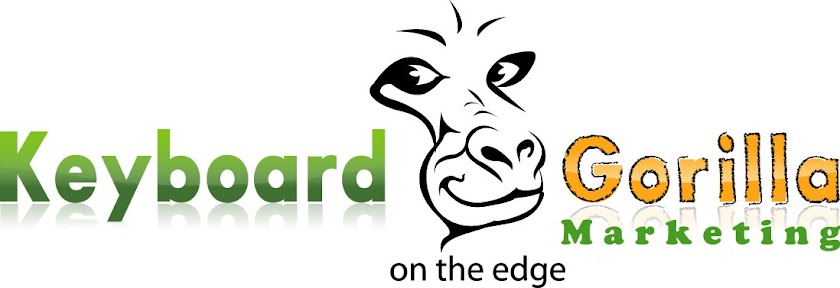Howdy Gorillas,
Anyone take a trip recently?Is it just me or has air travel taken a nose-dive in the last decade. Nothing like sitting at a dingy diner straight out of a bad movie where the waitress looks at you like you’re vermin and calls you suga, then realizing you’re actually in an airplane, squashed in the middle seat on a flight. I sit and reminisce about the good old days when flight attendants actually smiled at you. There’s a guide book I read years ago on becoming a steward of the air. ‘Nails must be manicured ; hair must be neat and attractive; manner must ALWAYS be professional and friendly; and my personal favorite - must maintain a maximum weight of 145lbs for women, and 170lbs for men.
Before you condemn me for flagrant superficiality, hear me out. I was just as bothered about this rule. Insulted even. But now I understand that there might have been an unstated reason behind it. A method to ensure that the big picture was kept in perspective. The brand was represented from every angle and every touch-point was an opportunity to strengthen the company name. These rules were not made to discriminate or repress. They were made to remind brand representatives – AKA – flight attendants that an airplane was not their living room couch. Customer service came first and they were one of the most important touch-points for consumers.
As a traveler, I miss those days. As a marketer, I wonder if airline CMOs are being plucked directly from the loony bin. Although to be fair, there is so much Marketing can do for a brand that refuses to keep in line with their message. After all, Marketers Market, they don’t do magic.
Today, I can count the number of airlines (national)on one hand (more like two fingers), that still maintain brand image. Have consumers gotten so complacent that they let big brands treat them badly? Or do we all have a secret desire for masochism? And when did we deem it ok to be charged $7.00 for a stale sandwich after paying hundreds to travel?
Naturally, kudos must be given to those airlines that have maintained their brand image and taken the idea of customer service from the drawing board all the way to beverage service.
How is this relevant?
My earlier blog posts such as ‘Why does the hype lead to such a letdown?’ and ‘We ain’t stupid: Would McDonald eat the McRib and Domino’s use of truth.’ cover some of the questions consumers ask when a marketing campaign promoting a brand image is completely disenfranchised from the actual truth.
When an airline promises a consumer one thing and does not deliver, they alienate that consumer. When they fall even lower – well – that might be the explanation for the demise of the airline industry as a whole.
Here’s the question of the day.
Excluding ticket price as a factor, name two airlines that that you think of positively.
Until next time – fly high; but don’t be cheap about it.
KBG~
www.keyboardgorilla.com
